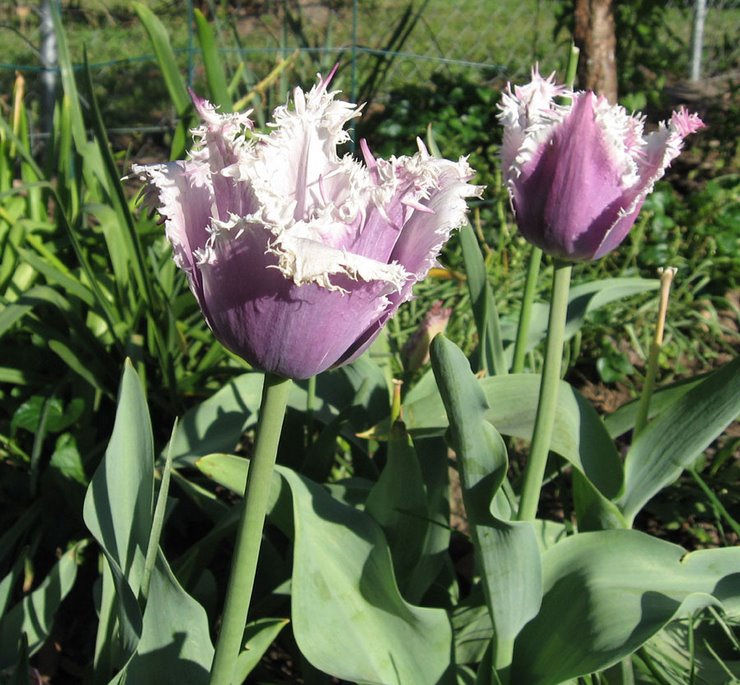One thing that many gardeners save for re-use in their gardens is coffee grounds. Some gardeners love to use them around their roses. Some, with coffee's acidity in mind, use them around acid-loving plants like blueberries, rhododendrons, and azaleas. Others are doubtful of coffee grounds' value added directly to the soil. But everyone agrees that coffee grounds are great added to compost.
I don't drink coffee; but I have a couple of kind folks who do save their used grounds for me, filter and all, to add to my compost. Although coffee grounds are brown in color, they count as a "green" material in the compost bin, as they are rich in nitrogen. Remember that compost should be one volume green material to about 3 or 4 volumes brown. Make sure you add materials from a variety of sources, so that your finished compost has a good range of nutrients for your garden.
If you do add coffee grounds directly to the soil, there are some suggestions you might consider. The research manager of Rodale Institute suggested side dressing plants with no more than one inch of grounds at a time, and wait to add more until the first grounds had decomposed. He said that coffee grounds will only serve as a soil amendment, not a fertilizer; and that once they start to break down, their acidity neutralizes.
Coffee grounds have a fine texture, so they can easily become compacted, and create a barrier to moisture and air movement if they are applied in thick layers. It would be helpful to work them into the top of the soil, or cover them over with a few inches of other organic mulch. Earthworms will use the grounds as a food source, and will deposit them deep into the soil.
Coffee grounds can also be added to a worm bin, but it is best not to put in too much at a time. Mix it in with plenty of shredded paper and kitchen scraps, and your worms should be able to process them.

No comments:
Post a Comment